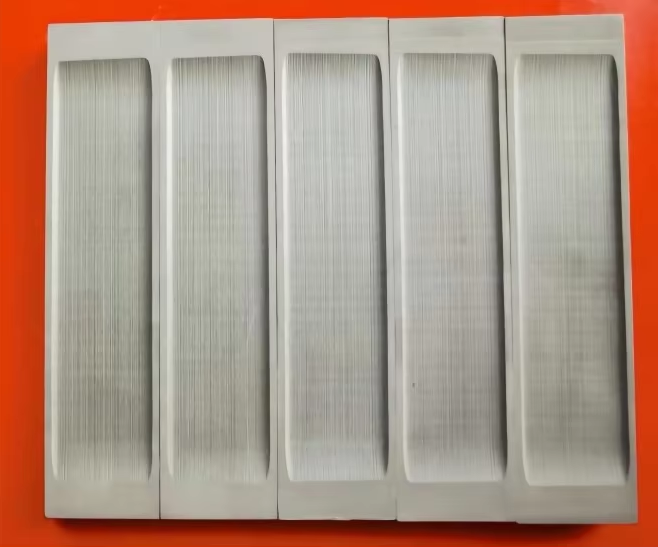Product Introduction
Our company adopts internationally advanced production equipment and processes to provide 2-component evaporation boats (made of TIB2 and BN), which greatly improves the stability of the product. Our products have world-class excellent evaporation performance and stable quality, which can meet the production of various metallized films, paper, textiles and other materials. They are widely used in vacuum evaporation film materials, capacitor metallization vacuum coating, paper aluminum plating, hot stamping coating, anti-counterfeiting logo aluminum plating and other industries.
Our advantages
All sizes can be customized
Products without pinholes
Price competitiveness
Lower power consumption
Shorter preheating time
Better aluminum liquid spreading ability
Less sputtering and boat bending problems
Longer service life
Ultra-fast logistics advantages
Evaporation boat features and advantages
Our boats are resistant to high temperature, thermal shock and corrosion, and have excellent wettability in the presence of aluminum melt
The use of high-purity and high-quality raw materials ensures that the materials have good chemical properties.
The internationally advanced vacuum hot pressing sintering method is adopted to ensure the excellent physical properties of the product.
The sintering process adopts a two-way pressurization method to ensure the consistency of the product volume density.
Exclusive process formula, optimized composition structure, enhanced thermal shock resistance and flexural strength of the evaporation boat, improved aluminum liquid spreading ability and evaporation efficiency, and enhanced aluminum liquid corrosion resistance.
Conventional size:
130*30*10 150*30*10 120*24*10 125*40*10 130*35*10
130*38*9.5 125*24*10 110*24*8 110*35*10 125*38*10
Evaporation boat performance
Characteristics | Unit | Data |
Chemical composition | BN+TiB2 | |
Density | g/cm3 | >3.02 |
Modulus of Elasticity | Gpa | 60-70 |
Flexural Stength | Mpa | >150 |
CTE | (10-6/K) | 5-7 |
Thermal Conductivity at 20℃ | W/mk | 100/40 |
Max-Temperature of Use | Oxidizing | 900℃ |
Vacuum | 1850℃ | |
Inert | 2000℃ | |
RT Resisitivity | 300-2000 | |

 售前咨询专员
售前咨询专员